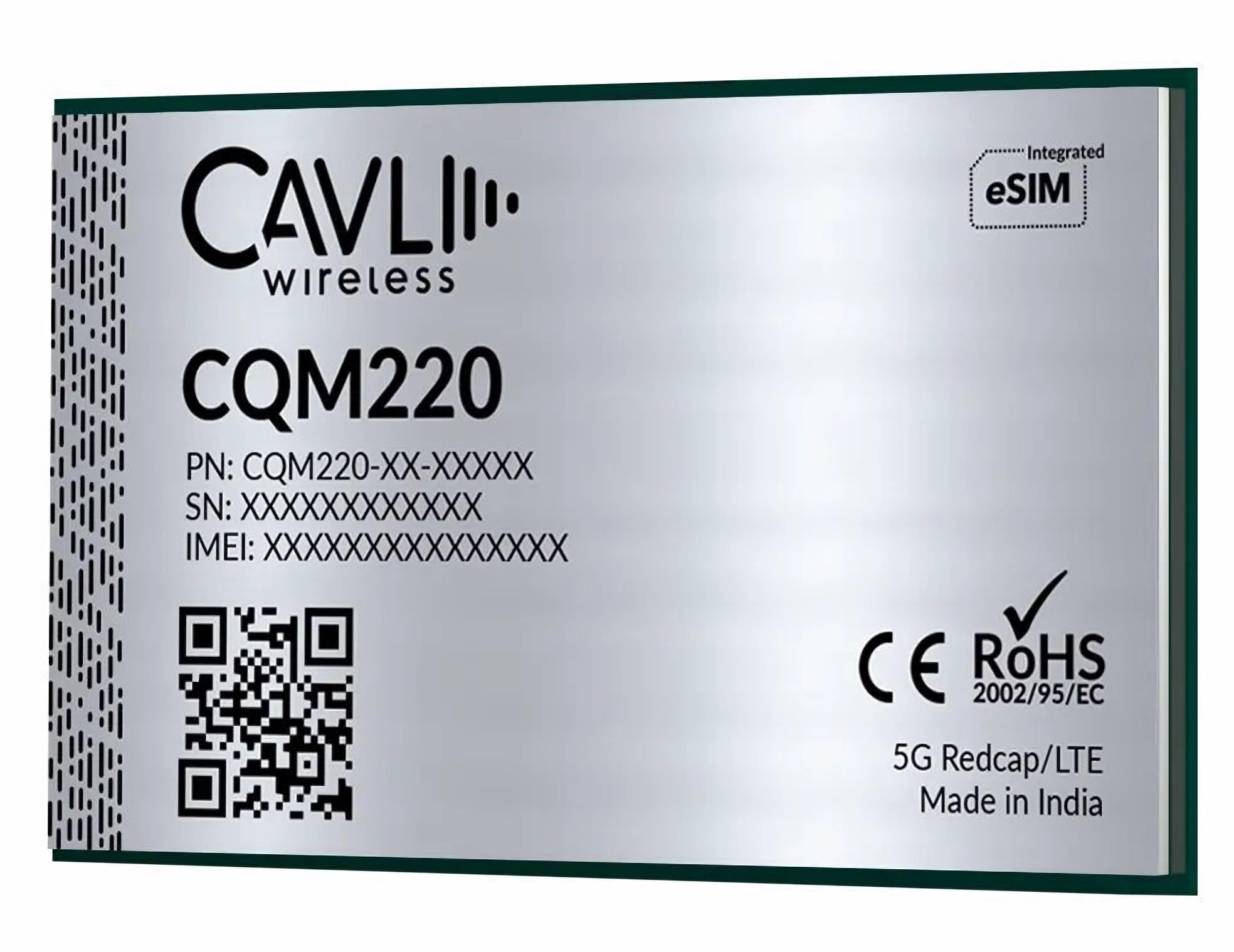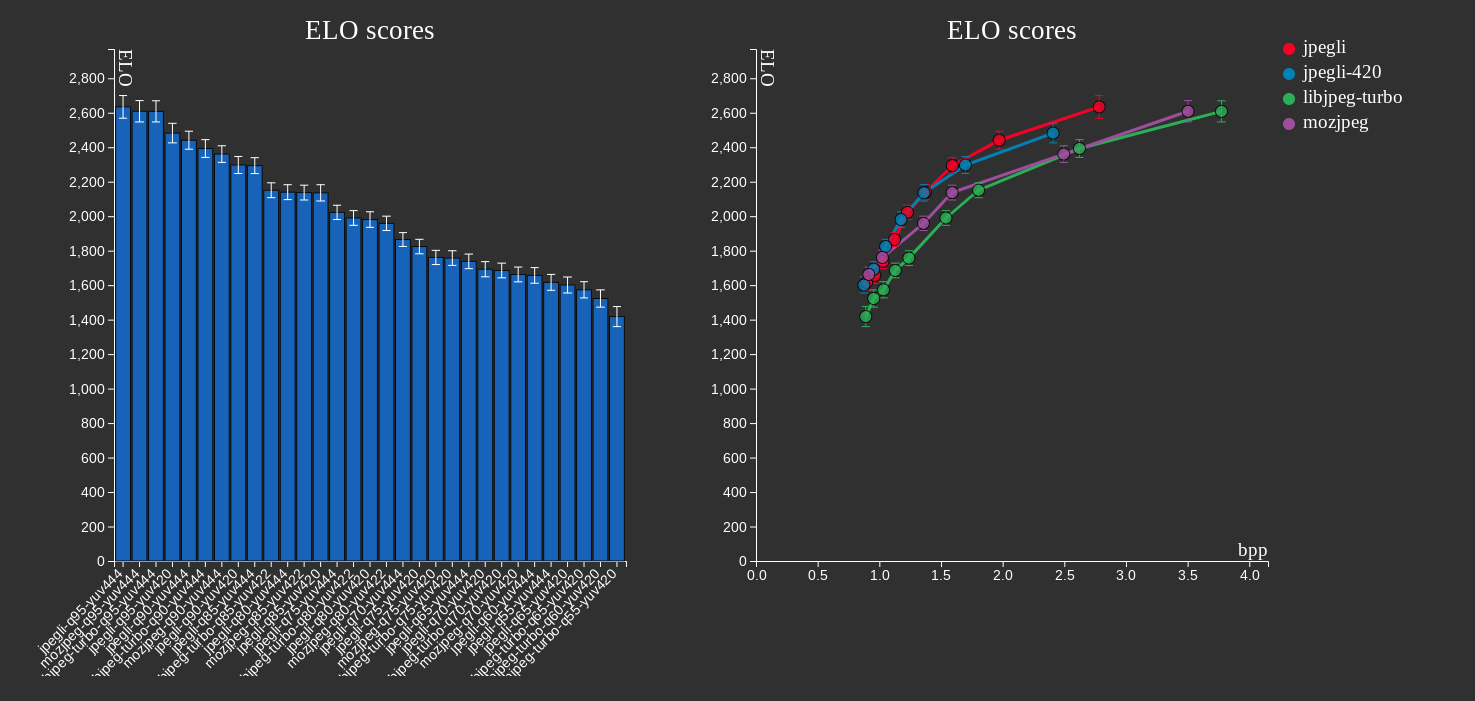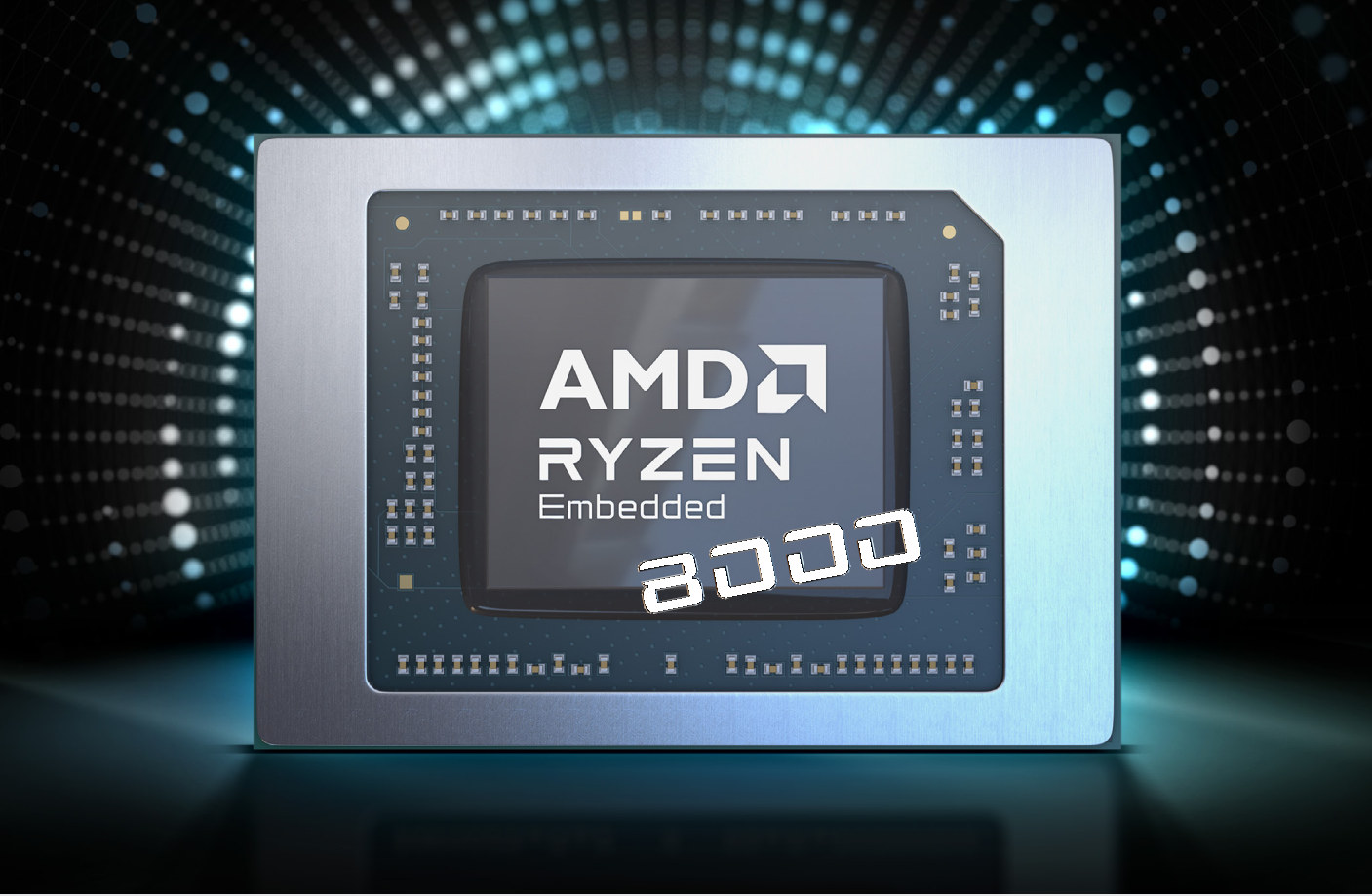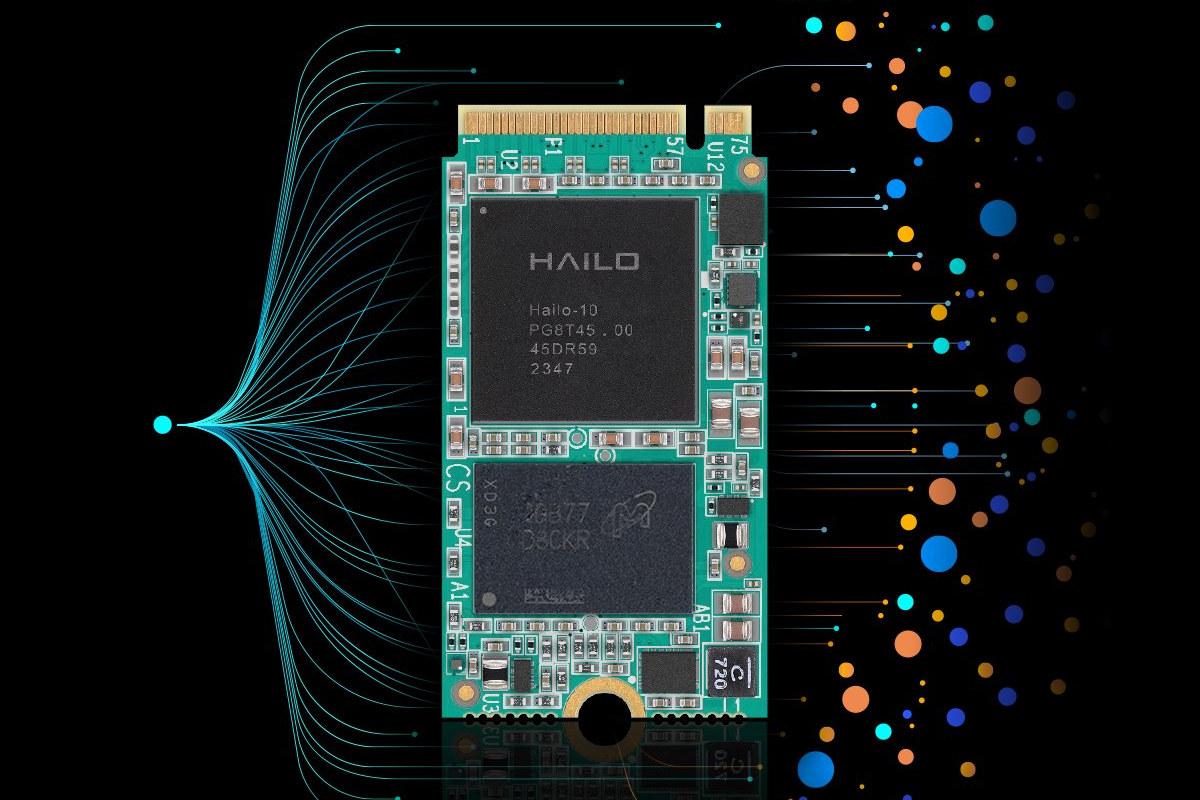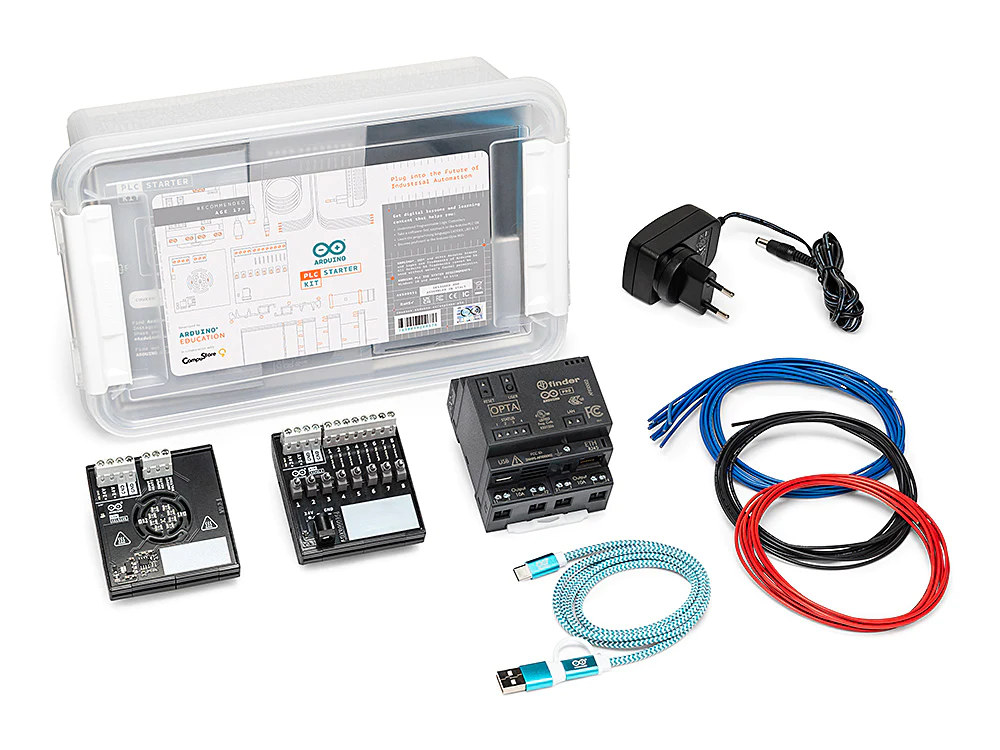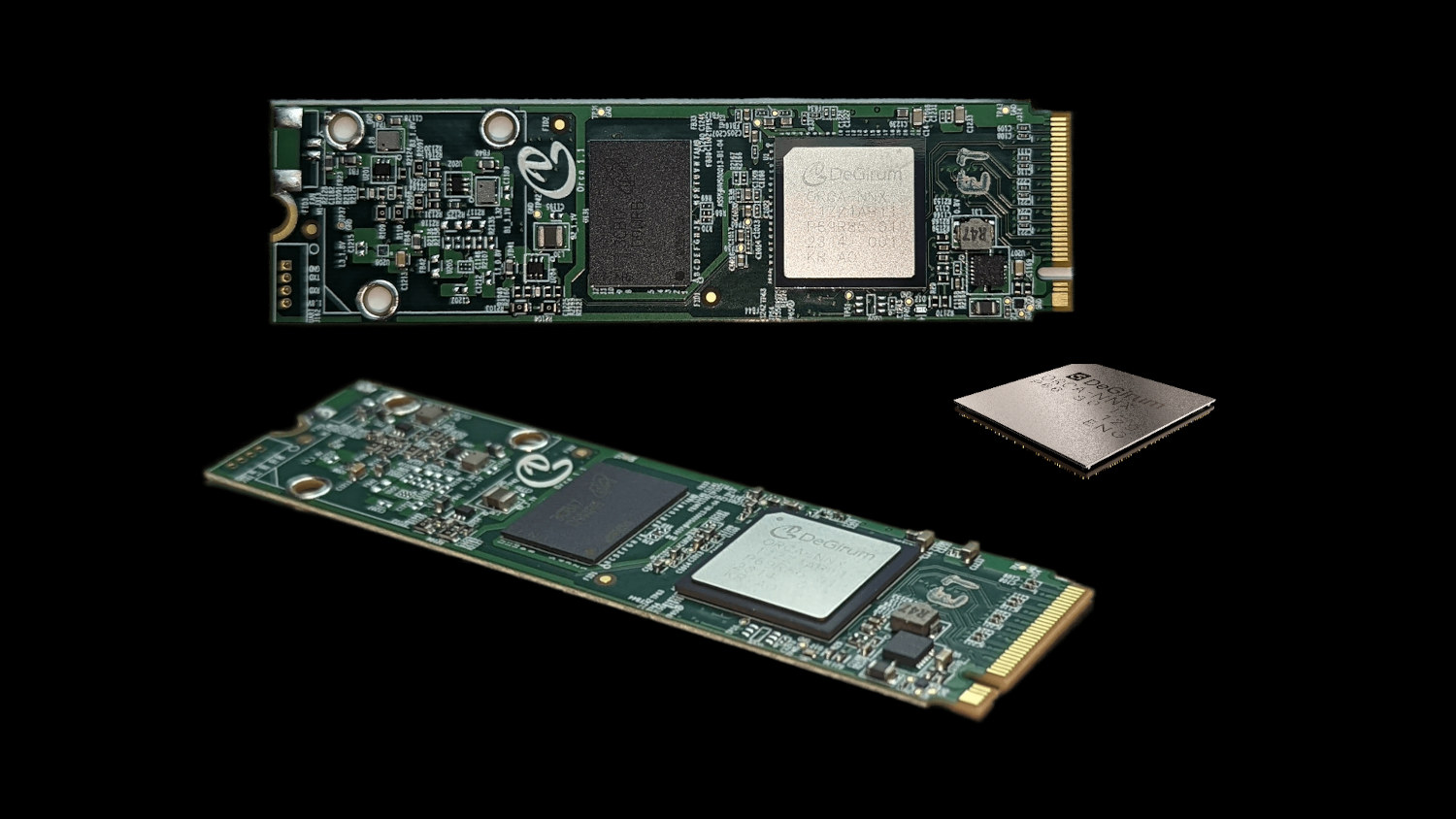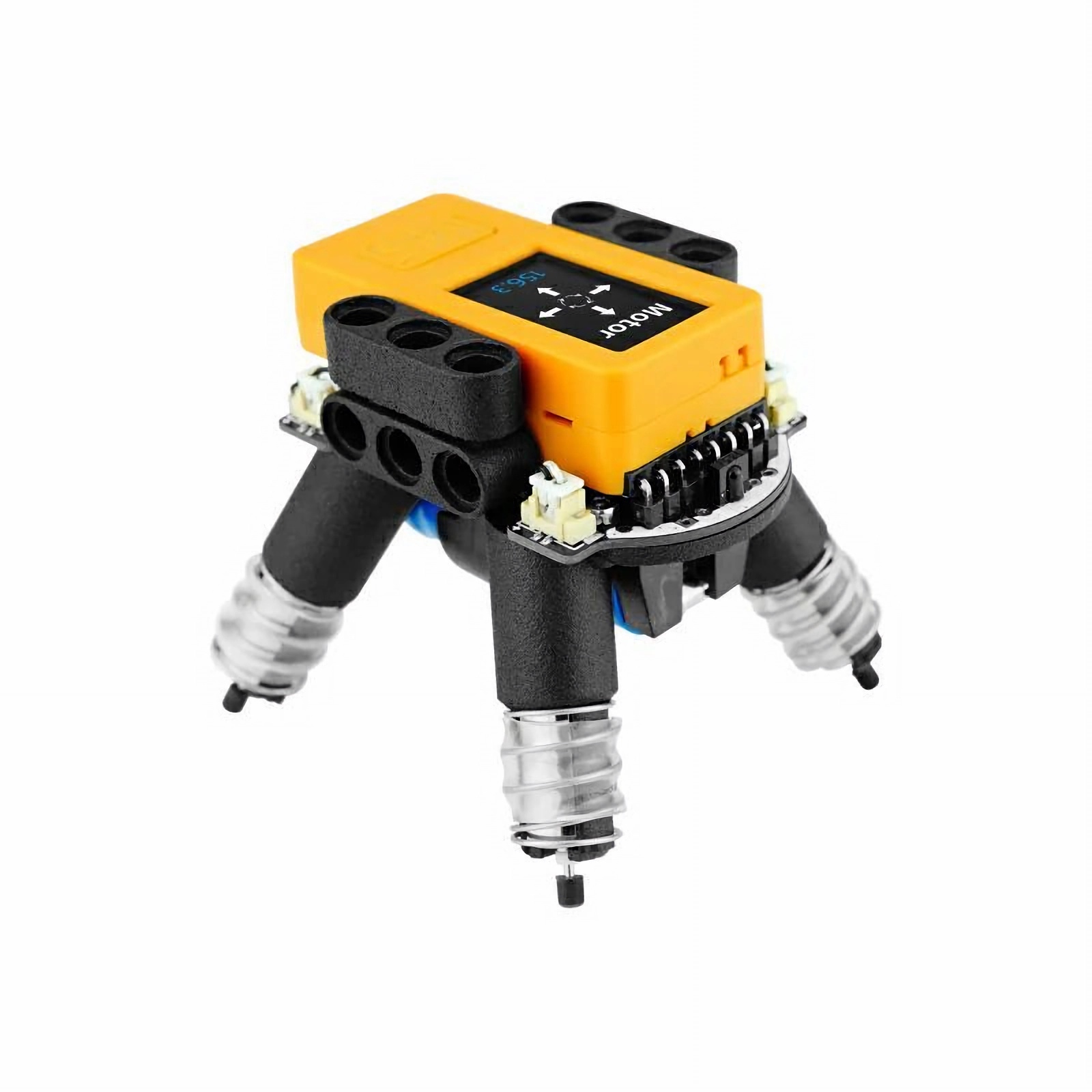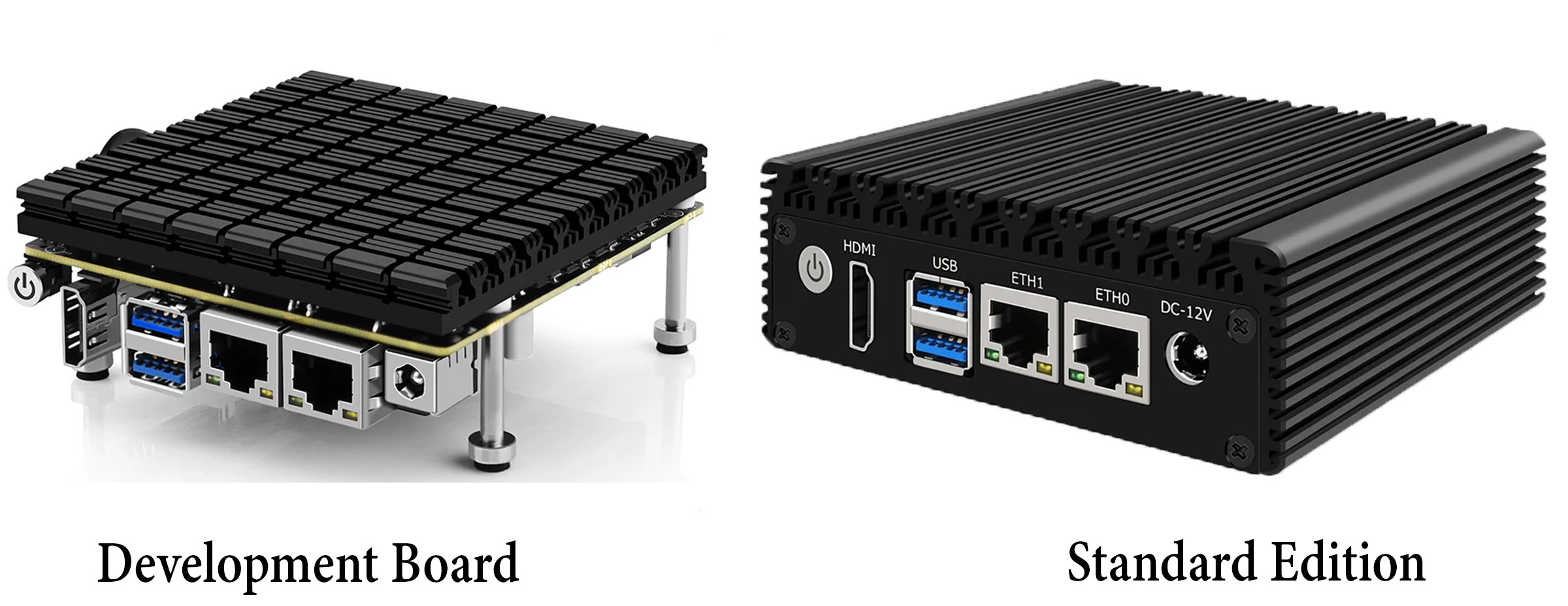At Embedded World 2024, leading cellular IoT module manufacturer, Cavli Wireless, is set to shine the spotlight on their latest product offering, the CQM220 cellular IoT module with support for the 5G RedCap (reduced capability) standard introduced in 3GPP Release 17. The module is available in three different form factors: LGA, M.2, and mPCIe Gen 2. It offers a maximum network speed of 226 megabits per second (Mbps) for downlink communication and 121 megabits per second for uplink communication. Similar to the Cavli C16QS module, it can support an integrated eSIM for global coverage via the Calvi Hubble cloud platform and comes with an optional GNSS (Global navigation satellite system) for tracking applications. Cavli CQM220 specifications: Processor – ARM Cortex-A7 @ up to 1.7 GHz Memory / Storage 256 MB RAM 256 MB flash Radio Radio Access Technology: 5G RedCap 3GPP Release: 17 Fallback: 4G LTE Cat 4 Network Speed […]
Google’s Jpegli open-source library can compress high quality images 35% more than traditional JPEG codecs
Google has released the Jpegli open-source library for advanced JPEG coding that maintains backward compatibility while delivering an up to 35% compression ratio improvement at high-quality compression settings. Google Research has been working on improving the compression of data (Brotli), audio (e.g. Lyra V2), and images with a project such as WebP for many years in order to speed up the web and make it consume less bandwidth for dollar savings and lower carbon emissions. Jpegli is their latest project and aims to improve the compression ratio of legacy JPEG files on systems were modern compression such as WebP may not be available or desirable. Jpegli highlights: Support both an encoder and decoder complying with the original JPEG standard (8-bit) and offering API/ABI compatibility with libjpeg-turbo and MozJPEG. Focus on high-quality results with up to 35% better compression ratio. Just as fast as libjpeg-turbo and MozJPEG. Support for 10+ bits […]
AMD Ryzen Embedded 8000 Series processors target industrial AI with 16 TOPS NPU
AMD has recently “announced” the Ryzen Embedded 8000 Series processors in a community post with the latest AMD embedded devices combining a 16 TOPS NPU based on the AMD XDNA architecture with CPU and GPU elements for a total of 39 TOPS designed for industrial artificial intelligence. The Ryzen Embedded 8000 CPUs will be found in machine vision, robotics, and industrial automation applications to enhance the quality control and inspection processes, enable real-time, route-planning decisions on-device for minimal latency, and predictive maintenance, and autonomous control of industrial processes. AMD Ryzen Embedded 8000 key features and shared specifications: CPU – Up to 8 “Zen 4” cores, 16 threads Cache L1 Instruction Cache – 32 KB, L1 Data Cache = 32 KB (per core) L2 Cache – Up to 8 MB (total) L3 Cache- Up to 16 MB unified Graphics – RDNA 3 graphics with up to 6 WGPs (Work Group processors) […]
Hailo-10 M.2 Key-M module brings Generative AI to the edge with up to 40 TOPS of performance
Hailo-10 is a new M.2 Key-M module that brings Generative AI capabilities to the edge with up to 40 TOPS of performance at low power. It targets AI PCs supporting only the Windows 11 operating system on x86 or Aarch64 targets at this time. Hailo claims the Hailo-10 is faster and more energy efficient than integrated neural processing unit (NPU) solutions found in Intel SoCs and delivers at least twice the performance at half the power of Intel’s Core Ultra “AI Boost” NPU. Hailo-10 module specifications: AI accelerator – Hailo-10H System Memory – 8GB LPDDR4 on module Host interface – 4-lane PCIe Gen 3 Power consumption – Less than 3.5W (typical) for the chip Form factor – M.2 Key M 2242 / 2280 Supported AI frameworks – TensorFlow, TensorFlow Lite, Keras, PyTorch & ONNX The Hailo-10 can run Llama2-7B with up to 10 tokens per second (TPS) at under 5W […]
The Arduino PLC Starter Kit aims to teach programmable logic control to high school and university students
Arduino PLC Starter Kit combines the Arduino Opta micro PLC, the Arduino DIN Simul8 digital input simulator and power distribution board, and the Arduino DIN Celsius board with two independent heater circuits and one temperature sensor acting as a temperature laboratory. The kit is supported by the Arduino PLC IDE first introduced in 2022 and comes with various cables and a power supply that allows users to quickly get started. Arduino says the kit targets the education of students aged 17 years and more. It includes 20 hours of lessons going through the history of programmable logic controllers, Modbus RS-485 communications, and how PLCs integrate with industrial simulated systems. The main hardware and software components of the kits are: Arduino Opta WiFi micro PLC based on an STMicro STM32H747XI dual-core Arm Cortex-M7/M4 MCU, offering Ethernet and RS485 communication interfaces, and exposing eight digital/analog inputs, plus four relay outputs. DIN Rail-mountable […]
DeGirum ORCA M.2 and USB Edge AI accelerators support Tensorflow Lite and ONNX model formats
I’ve just come across an Atom-based Edge AI server offered with a range of AI accelerator modules namely the Hailo-8, Blaize P1600, Degirum ORCA, and MemryX MX3. I had never heard about the last two, and we may cover the MemryX module a little later, but today, I’ll have a closer at the Degirum ORCA chip and M.2 PCIe module. The DeGirum ORCA is offered as an ASIC, an M.2 2242 or 2280 PCIe module, or (soon) a USB module and supports TensorFlow Lite and ONNX model formats and INT8 and Float32 ML precision. They were announced in September 2023, and have already been tested in a range of mini PCs and embedded box PCs from Intel (NUC), AAEON, GIGABYTE, BESSTAR, and Seeed Studio (reComputer). DeGirum ORCA specifications: Supported ML Model Formats – ONNX, TFLite Supported ML Model Precision – Float32, Int8 DRAM Interface – Optional 1GB, 2GB, or 4GB […]
M5Stack BugC2 programmable robot base has an STM32 control chip and a four-way motor driver
Modular IoT hardware developer, M5Stack, has released a new programmable robot base based on the STM32F030F4 microcontroller with LEGO and Arduino compatibility. The M5Stack BugC2 is “compatible with the M5StickC series controllers,” and includes the ESP32-powered M5StickC Plus2 development kit in the package. It features an L9110S four-way motor driver for all-directional operation, two programmable RGB LEDs, an infrared encoder, and a 16340 rechargeable Li-ion battery holder. It also comes with a USB Type-C port for charging the battery and supports onboard reverse charging protection and voltage detection. Listed applications for the M5Stack BugC2 programmable robot base include remote motor control, robot control, and an intelligent toy. M5Stack BugC2 specifications: Microcontroller – STMicroelectronics STM32F030F4 microcontroller, with Arm 32-bit Cortex-M0 CPU @ 48 MHz, and with up to 256KB of flash memory Motor driver – L9110S Infrared receiver – SL0038GD IR detection distance (StickC Plus2) Infrared emission distance (linear distance) at […]
$101+ CWWK X86-P1 fanless SBC and mini PC is powered by Intel N3050, N3160, or N3700 Braswell SoC
In a previous post, we wrote about the CWWK X86-P5, a $219 fanless mini PC powered by the Alder Lake N-series N100 SoC. However, during a recent search on AliExpress, I stumbled upon the CWWK X86-P1 fanless mini PC and SBC. This compact device offers three variants (N3050, N3160, and N3700) with a TDP of only 6W. It features dual GbE Ethernet, dual USB 3.0, HDMI, and a GPIO header. Additionally, it includes a built-in fan header for improved cooling. It supports Windows 11, Ubuntu 22.04, and networking OS options like pfSense or OpenWrt along with all major x86-based operating systems. CWWK X86-P1 Fanless Mini PC Specification SoC options Intel Celeron N3050 – Dual core Braswell processor @ up to 2.16 GHz with Intel HD Graphics Gen8 – 6W TDP Intel Celeron N3160 – Quad-core Braswell processor @ up to 2.24 GHz with 12EU Intel HD graphics 400 – 4W […]


